13 Best Historical Sites to Explore in the Middle East
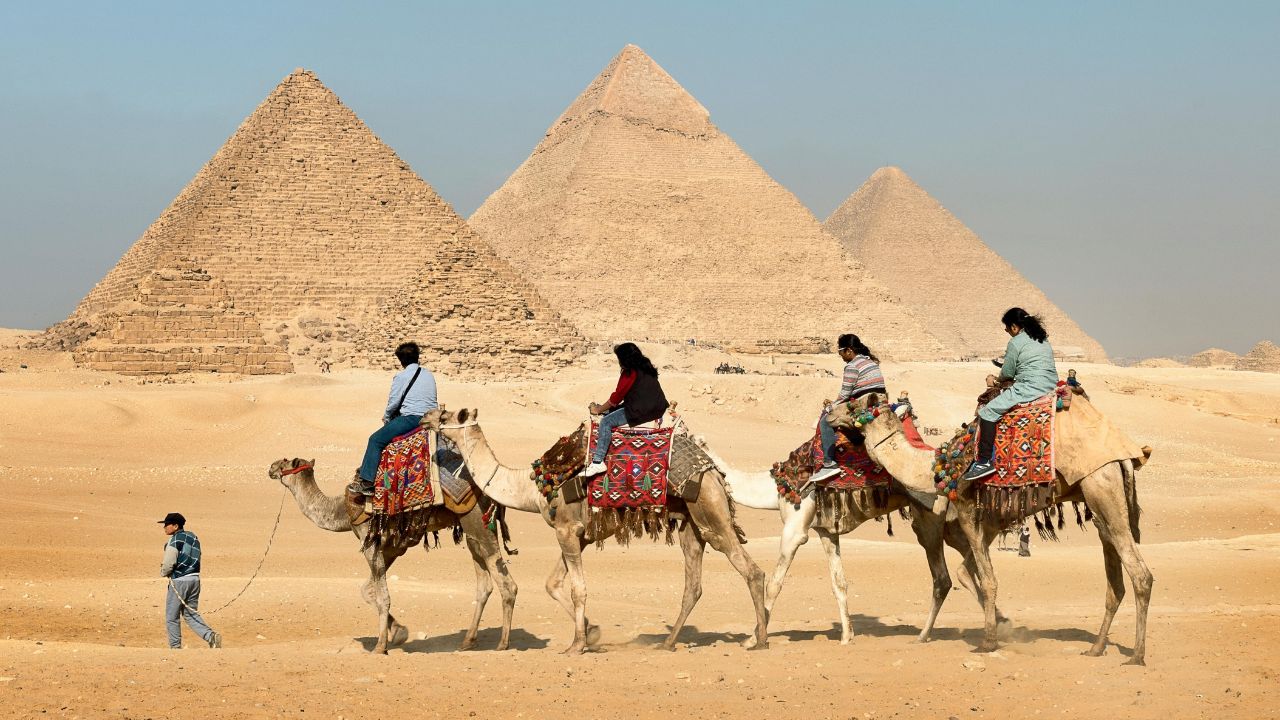
The Middle East is a living museum of ancient empires and civilizations. Across deserts and coastlines, its historic sites reveal powerful stories, from kings and prophets to merchants and warriors. These places aren’t just ruins; they’re vibrant connections to thousands of years of culture, religion, and human innovation. For travelers seeking meaning, beauty, and history all in one, the Middle East offers unforgettable experiences you’ll carry long after your passport’s been stamped.
Petra in Jordan
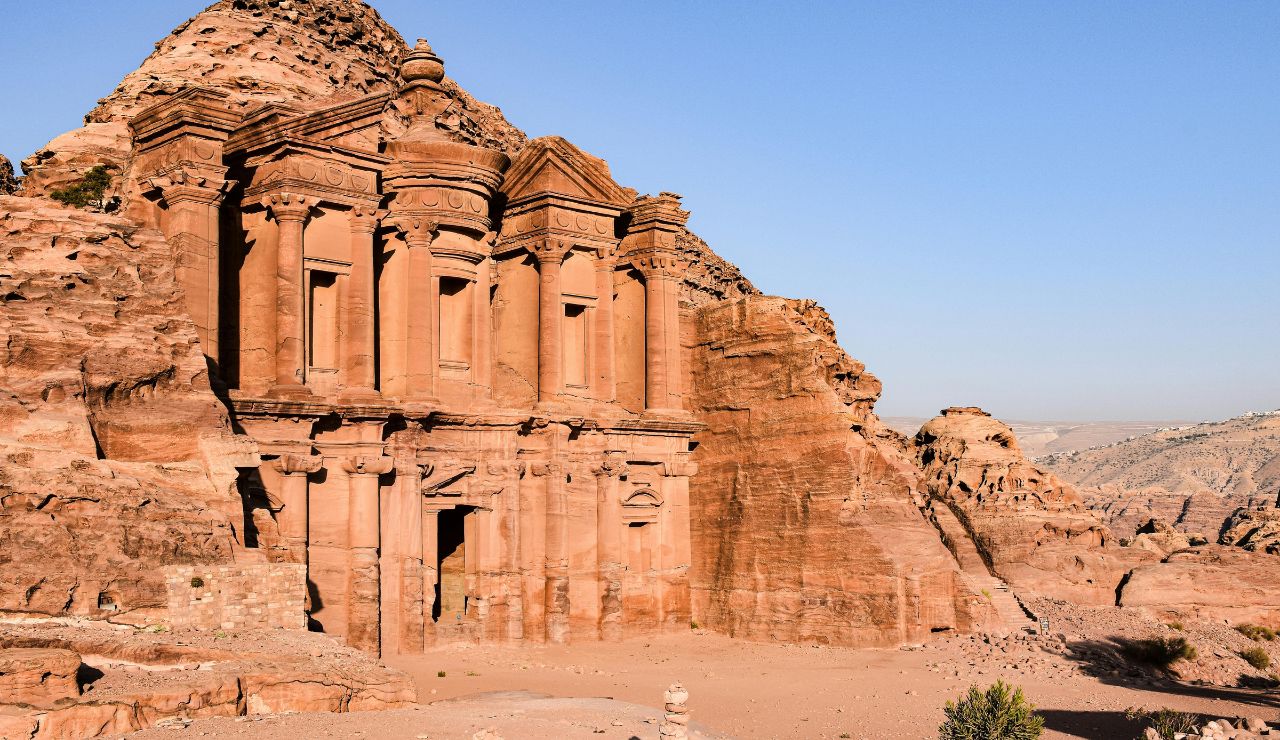
Petra’s rose-colored cliffs hide a lost Nabatean city carved entirely from rock. Famous for the Treasury façade, this UNESCO World Heritage site is much more than one monument; it’s an entire metropolis of tombs, temples, and stone staircases. Dating back to 300 BCE, Petra once thrived as a trade hub between Arabia, Egypt, and the Mediterranean. Explore at dawn or dusk for golden light that brings this mystical city back to life.
The Pyramids of Giza in Egypt

Standing tall just outside Cairo, the Pyramids of Giza are among the world’s oldest wonders. Built over 4,500 years ago, these massive tombs still baffle scientists and travelers alike. The Great Pyramid of Khufu remains a marvel of ancient engineering. Ride a camel across the plateau, wander around the Sphinx, and imagine the royal processions and secrets buried beneath the desert sands.
Persepolis in Iran
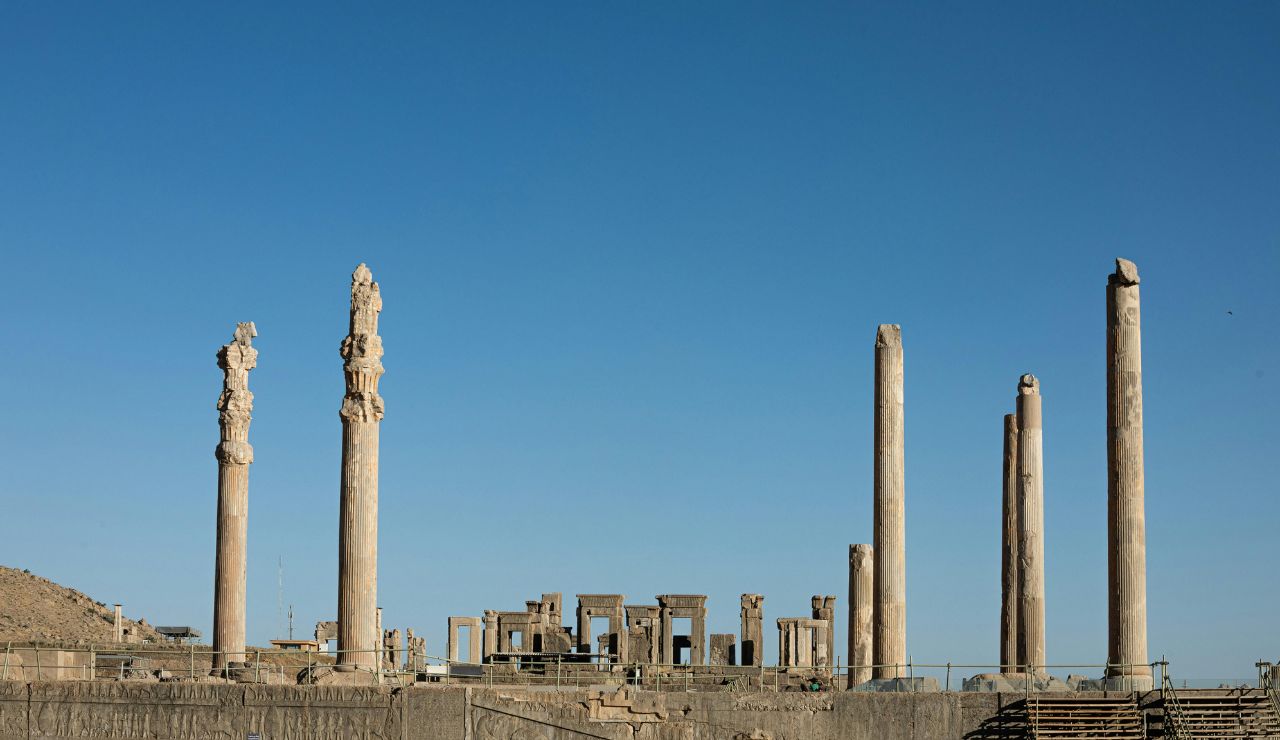
Once the ceremonial capital of the Achaemenid Empire, Persepolis stands as a symbol of ancient Persian grandeur. Its monumental staircases, towering columns, and intricate bas-reliefs show off royal processions, mythical creatures, and the empire’s reach. Destroyed by Alexander the Great in 330 BCE, its ruins remain incredibly intact. This archaeological treasure near Shiraz offers a rare look into one of the ancient world’s most powerful civilizations.
Byblos in Lebanon

Often cited as one of the world’s oldest continuously inhabited cities, Byblos dates back to at least 5000 BCE. Located on Lebanon’s Mediterranean coast, it’s the birthplace of the Phoenician alphabet and was once a major port for the trade of Egyptian papyrus. Stroll its cobbled streets, Roman theater, Crusader castle, and ancient temples. Byblos blends layers of history into one beautifully walkable destination.
The Dead Sea Scrolls Site in Qumran, Israel
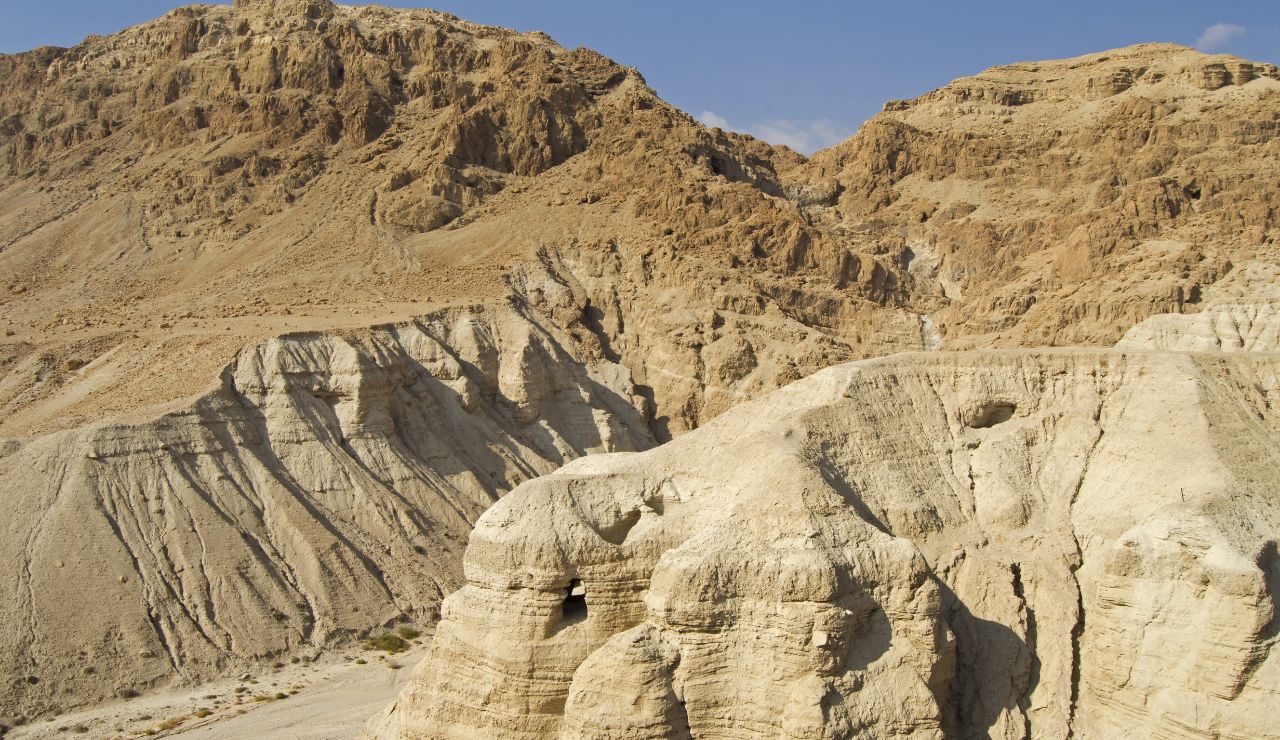
In the Judean Desert, Qumran is where the Dead Sea Scrolls were hidden for nearly 2,000 years. These ancient texts, discovered in nearby caves in the 1940s, include some of the oldest known biblical manuscripts. Explore the settlement’s ruins, once home to a Jewish sect known as the Essenes, and imagine the scholars, scribes, and rituals that once filled this quiet corner of history.
Palmyra in Syria
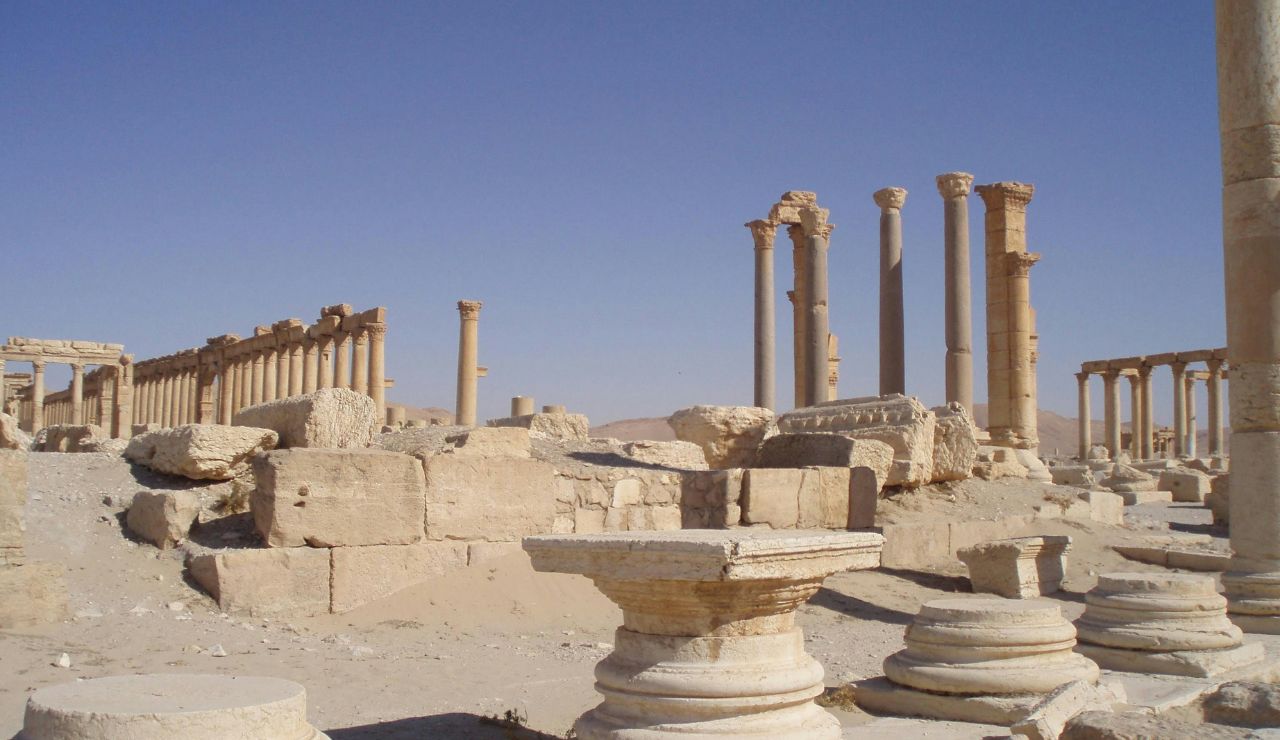
Palmyra was once a rich caravan city, connecting East and West along ancient trade routes. Its grand colonnades, temples, and amphitheater reflect Roman, Persian, and local influences. Though it has suffered modern conflict and damage, the ruins remain hauntingly beautiful. Walking among Palmyra’s columns today feels like stepping into a world of queens, merchants, and empires carved into desert stone.
Babylon in Iraq
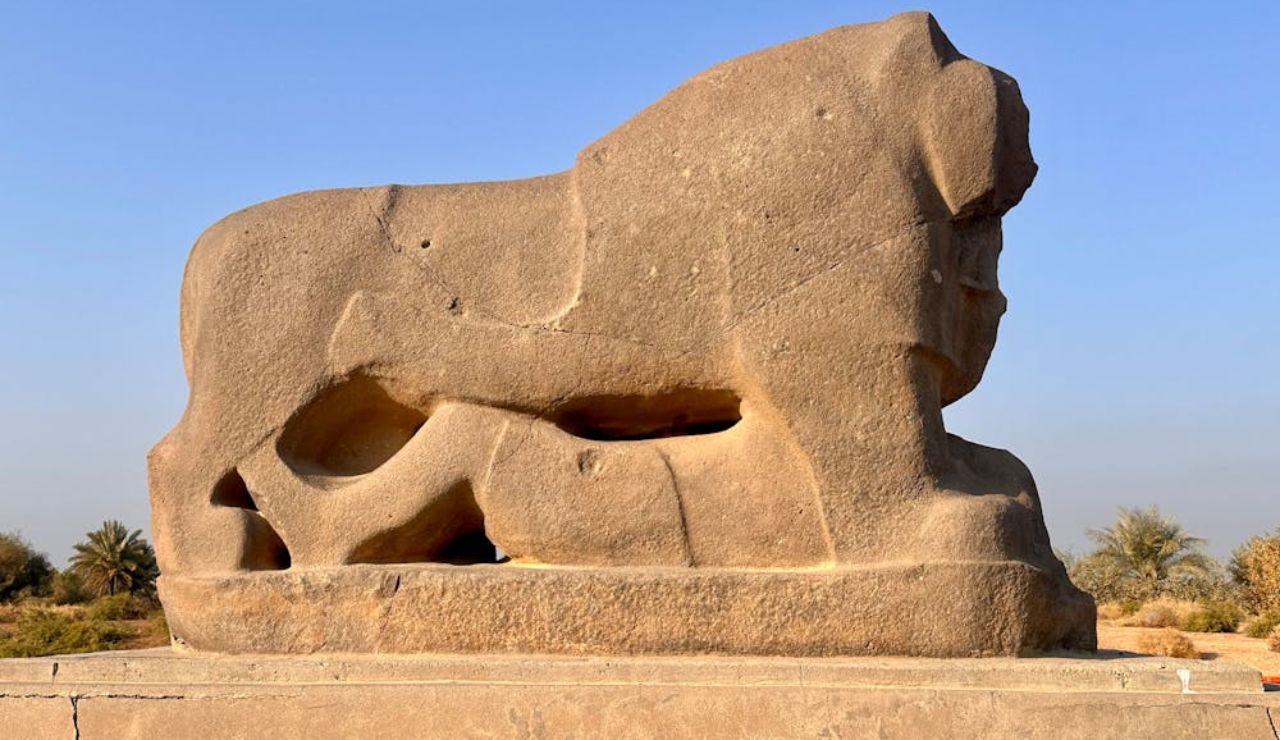
Babylon, near modern-day Hillah, Iraq, is one of the most iconic cities of ancient Mesopotamia. Known for the Hanging Gardens, one of the Seven Wonders of the Ancient World, it was a center of power under King Nebuchadnezzar II. While many ruins are still being uncovered, the Ishtar Gate’s reconstructed blue-tiled splendor in Berlin hints at Babylon’s former glory. Visit to walk in the footsteps of myth and empire.
Hagia Sophia in Istanbul, Turkey
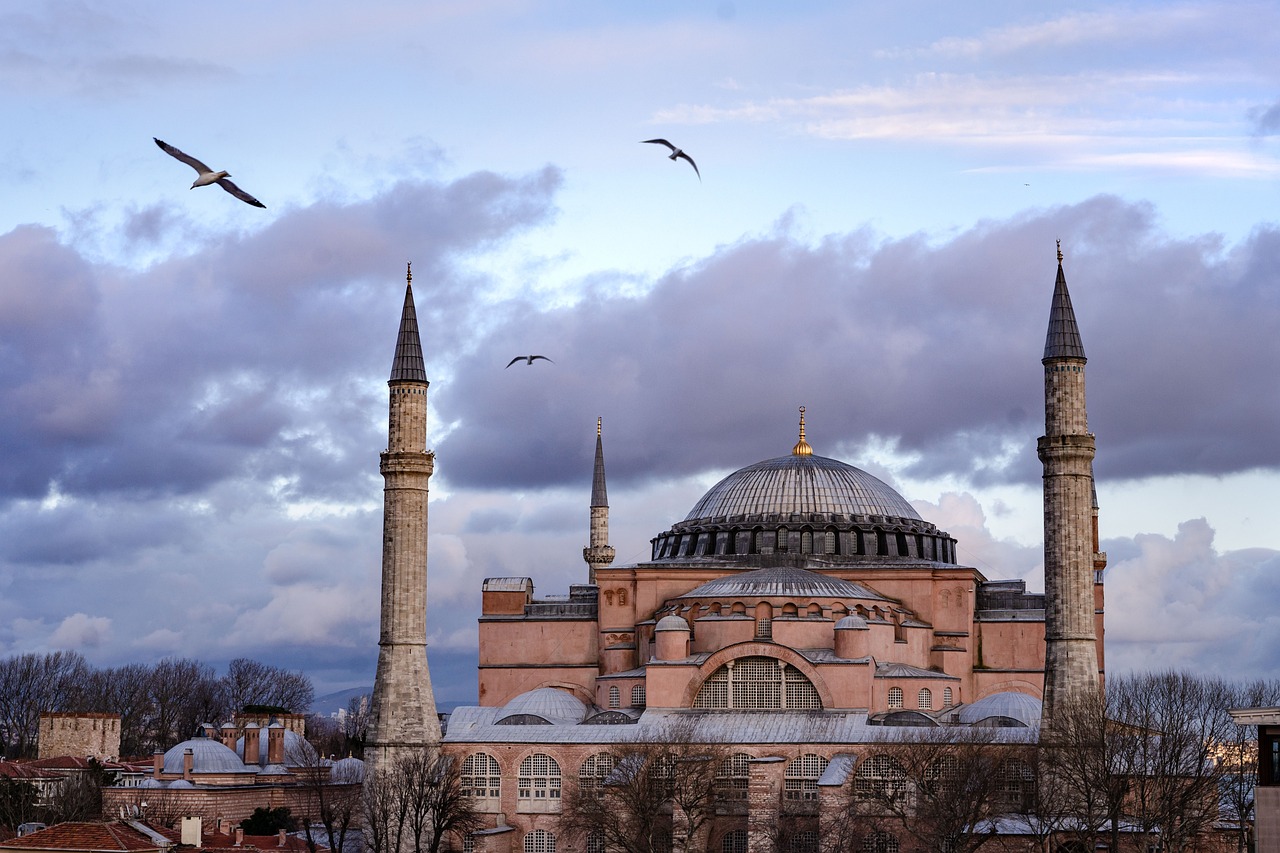
Hagia Sophia has lived many lives: church, mosque, museum, and now mosque again since 2020. Built in 537 CE by Byzantine Emperor Justinian, its massive dome and golden mosaics blend Christian and Islamic artistry. It stood as the world’s largest cathedral for centuries and remains Istanbul’s crown jewel. The layers of history inside these walls echo with faith, politics, and timeless architectural brilliance.
Al-‘Ula and Hegra in Saudi Arabia
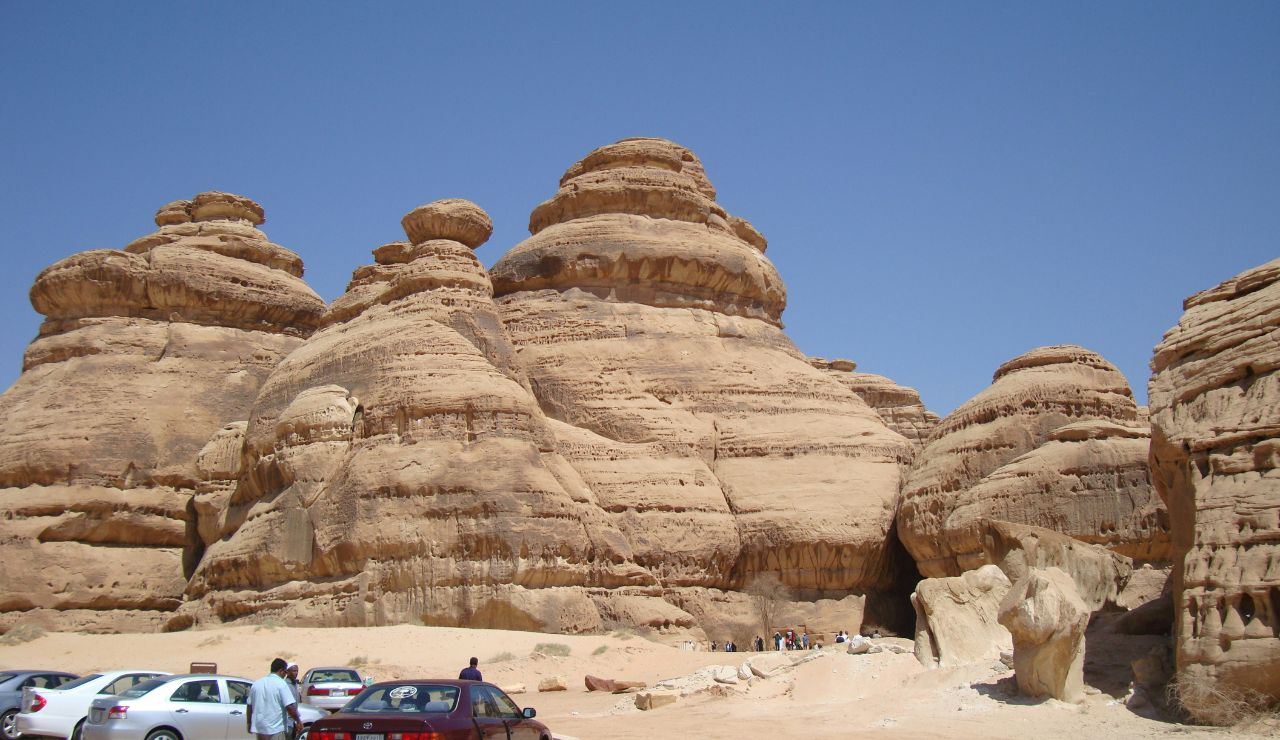
Al-‘Ula is home to Hegra (Madain Saleh), Saudi Arabia’s first UNESCO World Heritage site. Like Petra, it features rock-cut tombs carved by the Nabateans over 2,000 years ago. With stunning desert landscapes and sandstone cliffs, this area was once a key stop along the incense trade route. Visitors can explore burial chambers, inscriptions, and ancient ruins, all without the crowds of more famous sites.
Jerash in Jordan

Jerash is one of the best-preserved Roman cities outside Italy. Wander through its ancient streets, temples, and theaters that once echoed with chariot races and imperial announcements. Highlights include the massive Hadrian’s Arch, the Oval Plaza, and the Temple of Artemis. With colonnaded walkways and mosaic floors still intact, Jerash offers a vivid glimpse of daily life during Rome’s golden age.
The Dome of the Rock in Jerusalem
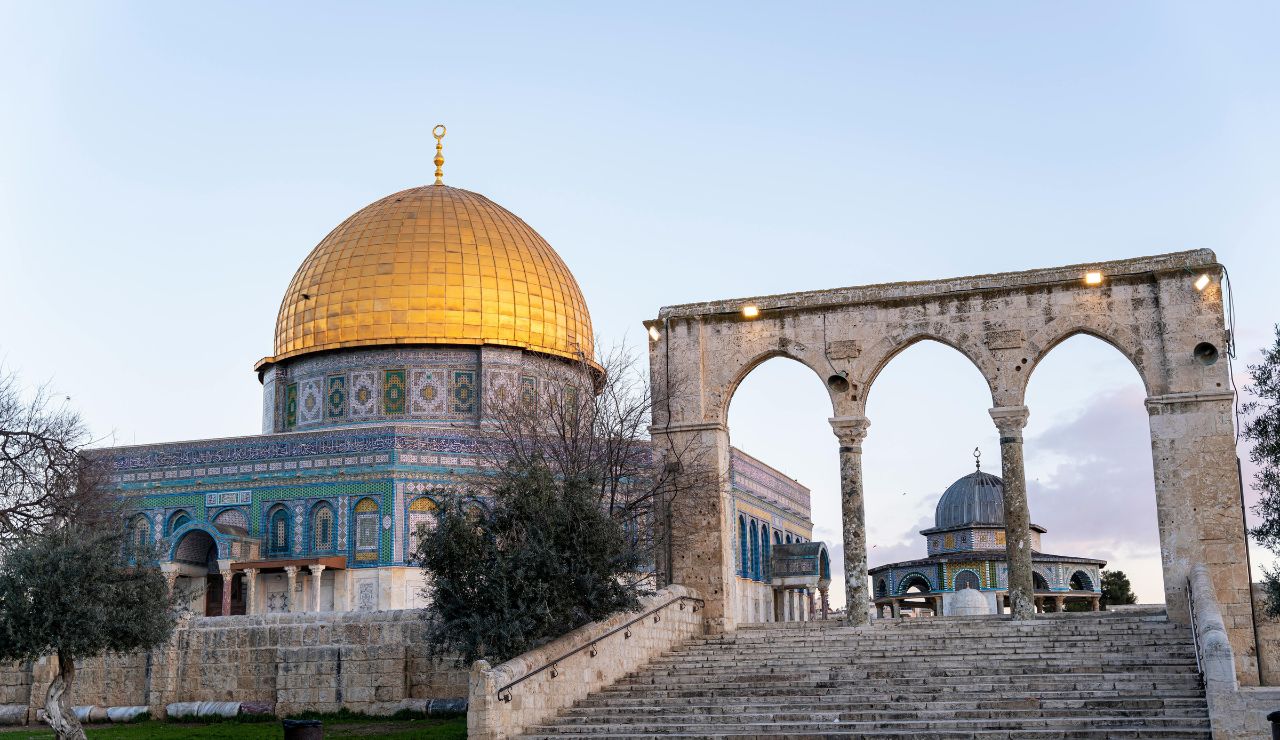
Perched on Temple Mount, the Dome of the Rock is one of the most recognized religious structures in the world. Built in 691 CE, it marks the spot where Muslims believe Prophet Muhammad ascended to heaven. For Jews, it’s near the location of the ancient Holy Temple. Its golden dome and intricate tiles make it a visual masterpiece and a spiritual beacon for millions.
The Great Mosque of Samarra in Iraq
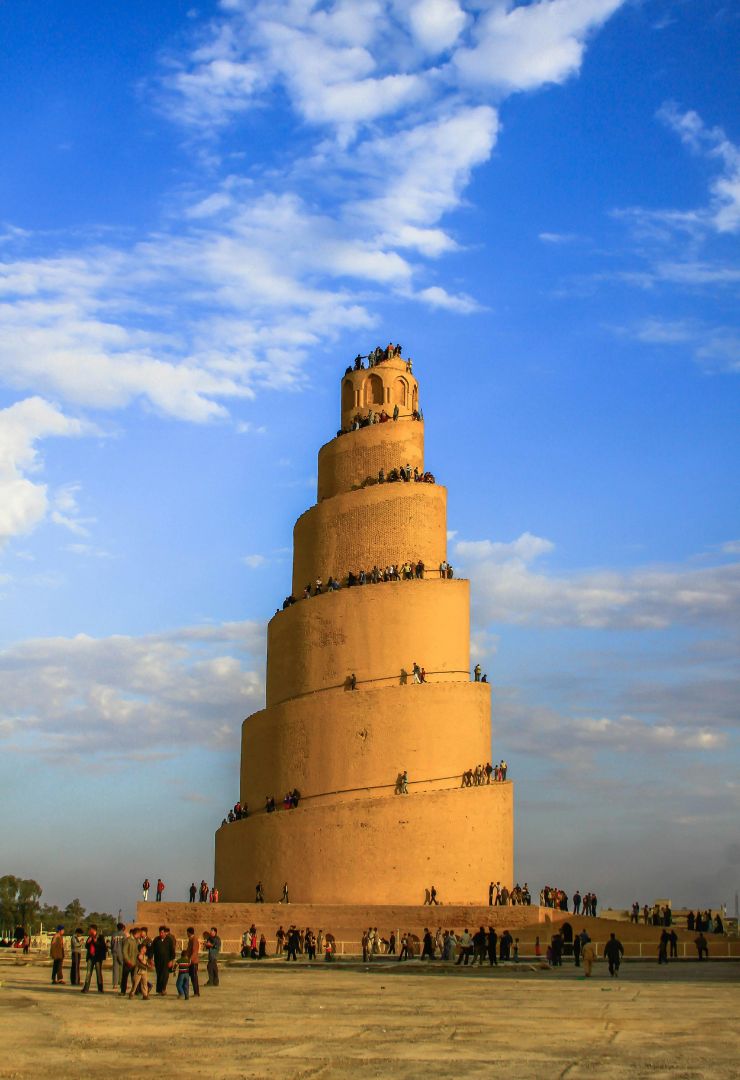
The Great Mosque of Samarra, built in the 9th century, was once the largest in the world. Its most iconic feature is the 170-foot-tall spiral minaret, the Malwiya Tower, which visitors can still climb today. Though the mosque was partially destroyed, the scale and design remain impressive. Samarra offers insight into early Islamic architecture and the ambitions of the Abbasid caliphs.
Erbil Citadel in Iraqi Kurdistan

Rising above the city of Erbil, the Erbil Citadel has been continuously inhabited for over 6,000 years. Its mound-like structure, topped with historic homes and ancient streets, dominates the skyline. Inside, restoration projects are preserving everything from Ottoman-era buildings to older Mesopotamian foundations. As one of the world’s oldest settlements, the Citadel blends ancient life with modern Kurdish culture.